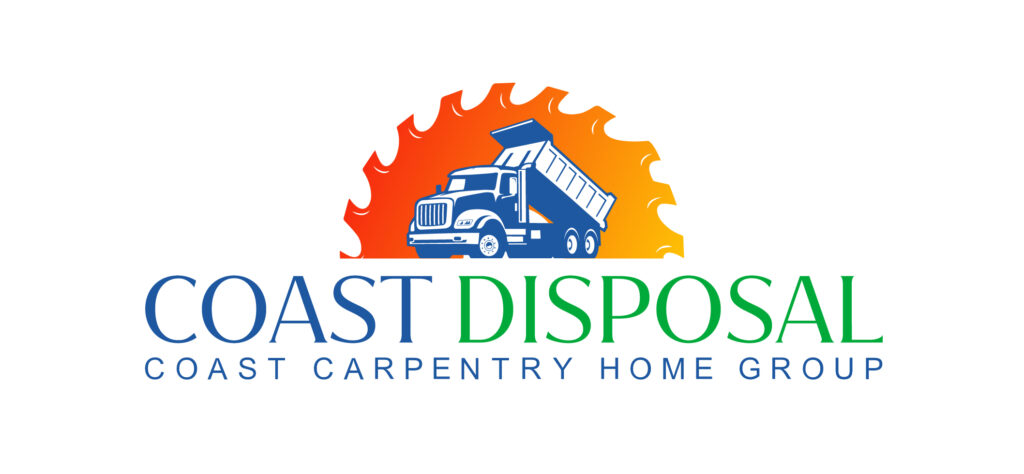Every household uses products that can cause harm if not handled correctly. From cleaning supplies to batteries, many items we use daily can be considered hazardous. Knowing how to manage these materials is crucial for the safety of your family and the environment.
Handling hazardous household waste begins with identifying what qualifies as hazardous. Many common items, such as paint, pesticides, and certain cleaners, can pose risks if not managed properly. Mismanagement can lead to health issues and environmental pollution, making it essential to know which items need special attention.
Properly storing these materials is the next step. Safe storage techniques help prevent accidents and make future disposal easier. Learning the right methods for disposal prevents harmful chemicals from entering our water supply and reduces environmental hazards. Finally, reducing hazardous waste at home can make a big difference. Small changes in what products you buy and how you use them can lead to a safer and cleaner home. A well-informed approach to handling hazardous household waste benefits everyone.
Identifying Hazardous Household Waste
Identifying hazardous household waste is the first step in handling it safely. Many common products around the house can be harmful if not managed properly.
Here are some examples of hazardous household waste:
1. Cleaning Supplies: Many household cleaners contain strong chemicals that can be hazardous. Look for ingredients like bleach, ammonia, or acids.
2. Paints and Solvents: Oil-based paints, varnishes, and paint thinners are flammable and need careful handling.
3. Pesticides: Products used to kill pests in your home or garden often contain toxic chemicals.
4. Batteries: Single-use and rechargeable batteries contain heavy metals like lead and cadmium.
5. Automotive Products: Motor oil, antifreeze, and other car fluids are dangerous to the environment.
6. Electronics: Old TVs, computers, and other electronics can contain harmful substances like mercury and lead.
Always read the labels on these products to identify if they are hazardous. Recognizing these items helps you handle them properly and ensures they don’t pose a danger to your home or the environment.
Proper Storage Techniques for Hazardous Materials
Storing hazardous materials safely is crucial to prevent accidents and make future disposal easier.
Tips for Safe Storage:
1. Original Containers: Keep hazardous materials in their original containers. This ensures that you have the correct information about the contents and how to handle them.
2. Label Clearly: If you transfer any material to a different container, label it clearly with its contents and any important handling instructions.
3. Secure Location: Store these materials in a secure spot, away from children and pets. Use a locked cabinet if necessary.
4. Cool, Dry Place: Many hazardous materials should be kept in a cool, dry place to prevent reactions caused by heat or moisture.
5. Avoid Mixing: Never mix different types of hazardous materials. Mixing can cause dangerous chemical reactions.
Organize and Check Regularly:
1. Inventory Check: Regularly check your storage area to keep track of what you have.
2. Cleanliness: Keep the storage area clean to avoid accidental spills or leaks.
By following these storage tips, you help to ensure that hazardous materials are managed safely in your home. Proper storage prevents accidents and makes eventual disposal much simpler.
Safe Disposal Methods for Hazardous Household Waste
Disposing of hazardous household waste safely is essential for protecting your health and the environment. Here are some safe methods for disposal:
1. Local Collection Events: Many communities have special collection days for hazardous waste. Check with your local government to find out when these events are held. Bring items like old paint, batteries, and chemicals to these events for safe disposal.
2. Recycling Centers: Some recycling centers accept hazardous waste materials. They are equipped to handle items like batteries, electronics, and fluorescent bulbs safely.
3. Special Drop-Off Locations: Some stores or facilities have drop-off points for certain hazardous items. For example, many automotive shops accept used motor oil and car batteries.
4. Mail-Back Programs: Some manufacturers offer mail-back programs for hazardous items like electronics. You can send the items back for proper disposal.
5. Household Hazardous Waste Facilities: These are special facilities designed to handle hazardous waste. They accept a wide range of items and ensure they are disposed of properly.
By using these disposal methods, you help keep hazardous materials out of landfills and water sources, protecting the environment and public health.
Tips for Reducing Hazardous Waste at Home
Reducing the amount of hazardous waste in your home helps protect the environment and makes managing waste easier. Here are some tips to help you reduce hazardous waste:
1. Buy Only What You Need: Purchase smaller amounts of hazardous products. This way, you won’t have leftover materials that need special disposal.
2. Use Alternatives: Look for non-toxic alternatives to hazardous products. For example, use vinegar and baking soda for cleaning instead of harsh chemicals.
3. Proper Usage: Follow the instructions on the labels carefully. Using the right amount reduces waste and minimizes harm.
4. Recycle and Reuse: Whenever possible, recycle or reuse items. For example, rechargeable batteries can replace single-use batteries, reducing waste.
5. Donate: If you have extra paint or chemicals that are still usable, consider donating them to community groups or friends instead of disposing of them.
6. Educate Yourself: Stay informed about what products are hazardous and how to handle them. Knowledge helps you make better choices about what to buy and use.
Using these tips reduces hazardous waste, making your home safer and more environmentally friendly.
Conclusion
Handling hazardous household waste properly is vital for the health of your home and the environment. By identifying hazardous materials, storing them safely, and disposing of them correctly, you can prevent accidents and pollution. Reducing your use of hazardous products also makes a significant difference.
Being mindful of how you handle these materials helps protect your family and community. Safe storage and disposal prevent dangerous chemicals from causing harm. Efforts to reduce hazardous waste at home contribute to a cleaner and safer environment.
At Coast Carpentry Construction, we understand the importance of maintaining a safe and healthy home. If you need help with home improvement projects that require careful management of hazardous materials, contact us today. Let us help you create a safer, more comfortable living space with our junk disposal services.







